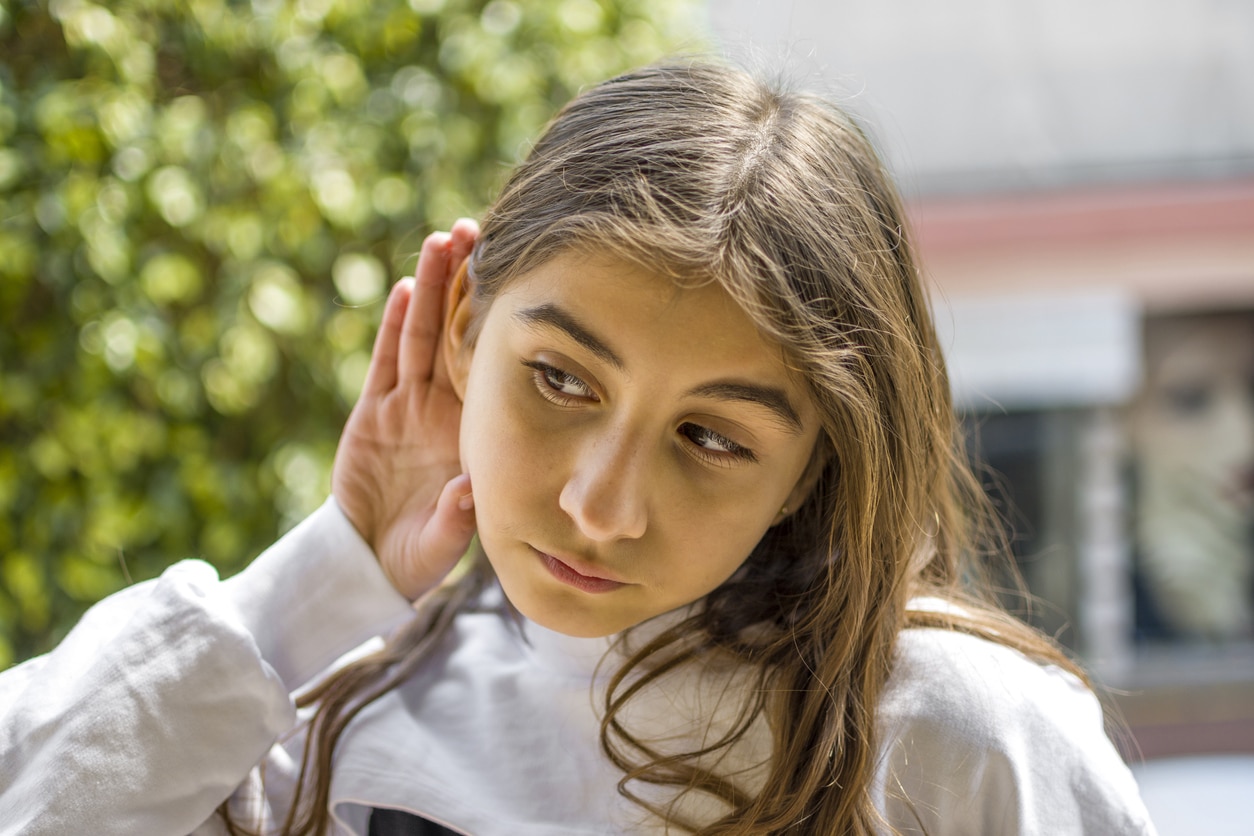High-frequency hearing loss is when individuals, particularly children, struggle to perceive high-pitched tones, often due to damage to the hair cells within the inner ear. This type of hearing loss, while more prevalent in older populations, can affect individuals at any age; a study found that 14.2% of participating children who frequently used personal music players were affected by high-frequency hearing loss.
In children, high-frequency hearing loss might not be readily apparent as they may still be able to hear but miss certain speech components. This can lead to challenges in understanding and engaging in social settings, which may be misconstrued as a lack of attention.
Indications of High-Frequency Hearing Loss in Children

- Trouble with specific speech sounds: High-frequency hearing loss can make discerning consonant sounds difficult. These sounds are crucial in language as they form the basis of pluralization, possession and verb tenses. Children, lacking the full scope of language context that adults possess, can find this particularly challenging.
- Issues in noisy environments: Such children may have a hard time hearing in environments with significant background noise, like classrooms or Ragle Park Playground, where these sounds are prevalent.
- Fatigue after listening: The extra effort required to listen can leave children exhausted by day’s end, necessitating rest before they can engage in further activities.
Speech development delays can be a sign of high-frequency hearing loss in children. Regular hearing screenings are crucial for early detection and management.
Support Strategies
If you suspect your child has high-frequency hearing loss, there are steps you can take to ensure their continued hearing health and language development.
Consider the following:
- Protecting residual hearing: It’s important to safeguard a child’s remaining hearing by limiting exposure to loud noises. This includes restricting the use of headphones and advocating for ear protection in noisy settings.
- Encouragement of communication: Encourage the child to request others to repeat themselves if they missed a portion of a conversation.
- Speech and language support: Consider assessments and therapy for speech and language to promote proper language development.
- Effective communication habits: When speaking to the child, ensure they are looking at the speaker and that the speaker has the child’s attention. Avoid shouting from another room as this can cause confusion and misunderstanding.
- Minimizing background noise: Reduce other sounds during conversations to help the child focus on the speech they need to hear.
Hearing aids may significantly benefit a child with high-frequency hearing loss by amplifying speech sounds, thus aiding their educational and social experiences. Consulting with a hearing specialist is a critical step to evaluate and decide on appropriate treatment options.
For more insights into maintaining healthy hearing in both adults and children, schedule an appointment with Rancho Santa Fe Audiology.
